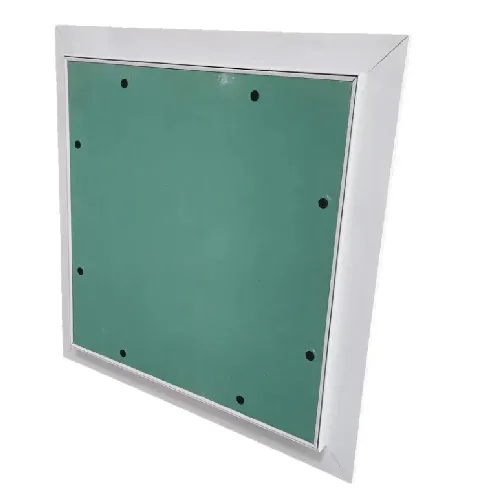Dec . 04, 2024 18:50 Back to list
mineral fiber tile
Understanding Mineral Fiber Tiles Features, Benefits, and Applications
Mineral fiber tiles, often referred to as acoustic ceiling tiles or mineral wool tiles, are a popular choice in both residential and commercial construction. They are made primarily from a combination of natural inorganic materials such as rock and glass fibers. This makes them an excellent choice for a variety of applications due to their advantageous properties, which we will explore in detail in this article.
Composition and Manufacturing
The manufacturing process of mineral fiber tiles involves melting raw materials, spinning them into fibers, and then binding these fibers together using a binder substance. The final product is typically lightweight, porous, and offers substantial acoustic properties. The tiles can be painted, and they come in various designs, adding an aesthetic value to any space while also serving functional purposes.
Acoustic Properties
One of the primary advantages of mineral fiber tiles is their excellent sound absorption capabilities. These tiles can significantly reduce noise levels in a room, making them ideal for spaces where acoustics are crucial, such as offices, conference rooms, and educational institutions. The porous structure of the tiles allows sound waves to be absorbed rather than reflected, creating a more serene environment.
Thermal Insulation
Mineral fiber tiles also offer impressive thermal insulation properties. They help maintain a stable indoor temperature by reducing heat transfer. This can lead to lower heating and cooling costs over time, making mineral fiber tiles an energy-efficient option. In climates where temperature fluctuations are significant, these tiles can provide substantial comfort and energy savings.
Fire Resistance
Another significant benefit of mineral fiber tiles is their fire-resistant properties. They are manufactured to meet stringent fire safety standards, making them suitable for use in commercial buildings where fire safety regulations are strict. The non-combustible nature of mineral fiber tiles helps in slowing down the spread of flames, providing additional safety to occupants.
mineral fiber tile

Eco-Friendly Option
As the world becomes increasingly conscious of sustainability, mineral fiber tiles stand out as an eco-friendly material. Most manufacturers today produce these tiles using recycled materials, thereby reducing waste. Furthermore, mineral fiber itself is inert and contributes to a healthier indoor environment by not releasing harmful volatile organic compounds (VOCs).
Easy Installation and Maintenance
Installing mineral fiber tiles is straightforward, which is a significant advantage for builders and contractors. They can be easily cut to fit any space and are typically installed using a grid system that allows for quick adjustments. Additionally, maintenance is relatively simple. If tiles become stained or damaged, they can often be replaced individually without the need for additional repairs to the surrounding area.
Aesthetics and Design Flexibility
Mineral fiber tiles come in various designs, textures, and colors, providing plenty of options to meet the aesthetic needs of any project. Whether you are designing a modern office space or a cozy café, these tiles can contribute to the overall look while providing the functional benefits discussed earlier.
Conclusion
In summary, mineral fiber tiles are a versatile solution for both sound and thermal insulation in various environments. Their acoustic properties make them ideal for public spaces, while their fire-resistance and eco-friendliness ensure safety and sustainability. Additionally, their ease of installation and wide array of designs allows for flexibility in construction and renovation projects.
As more architects and builders recognize the importance of creating comfortable and safe spaces, the popularity of mineral fiber tiles is expected to grow. By incorporating these tiles into design plans, you not only enhance the functionality of a space but also contribute positively to the overall environment—making them a smart choice for any construction project.
-
Quality Ceiling Trap Doors & Access Panels | Easy & Secure AccessNewsAug.30,2025
-
Durable Ceiling T Grid Systems | Easy InstallationNewsAug.29,2025
-
PVC Gypsum Ceiling: Durable, Laminated Tiles for Modern SpacesNewsAug.28,2025
-
Pvc Gypsum Ceiling Is DurableNewsAug.21,2025
-
Mineral Fiber Board Is DurableNewsAug.21,2025
-
Ceiling Tile Clip Reusable DesignNewsAug.21,2025







